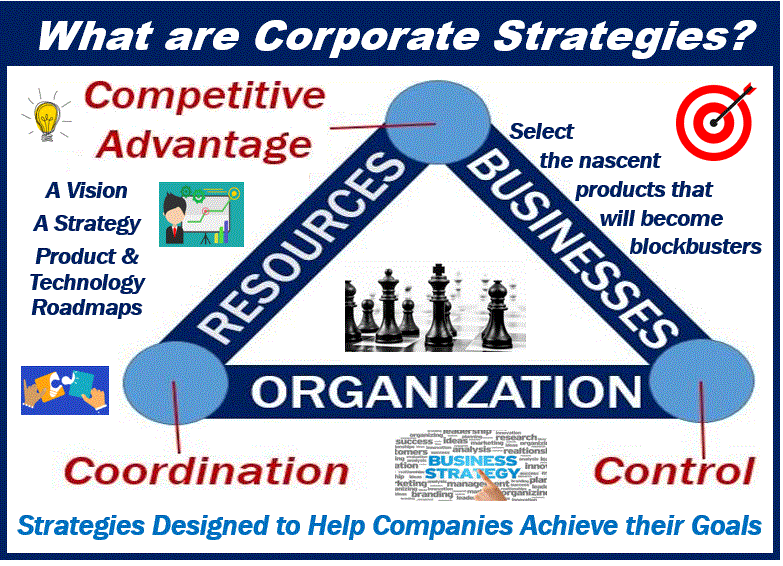
In too many companies, the front end of product development remains as fuzzy as it was decades ago – it is like trying to read a map but not knowing where the true north is. Companies spend endless time revising product development project budgets, or fighting tactical fires with products about to ship, while ignoring the strategic management of the ideas that are the lifeblood of technology companies.
Product concepts, those vague ideas that might be tomorrow’s revenue generators, are your company’s future. And yet many companies manage these vital investments in a haphazard way, not because they’re unmanageable but because they do not have the right mental models and they do not have proven processes to realize their product strategy.
What managers don’t understand is that there are two components of portfolio management, and both must be done right to unlock the power of planning. A reliable approach for managing the fuzzy front end – an approach that will generate predictable results – requires:
- A yearly, systematic portfolio planning process, tied to budgeting
- A monthly or continuous portfolio management process for a) selecting the product concepts that will realize the company’s strategy b) making the decisions that will move them into the product pipeline.
A Portfolio for Product Concepts
Your company has several portfolios:
- A portfolio of capital and other financial investments,.
- A portfolio of products in the marketplace.
- A portfolio of projects currently in the development pipeline and a portfolio of product concepts yet to be developed.
They are all components of a product portfolio.
We urge companies to think of their early-stage product concepts, however vague or aspirational, as an asset, as a portfolio you can manage in a way that is analogous to the other, more tangible portfolios.
This is a simple but important shift in mental models. That piece of code a software engineer might be playing with when she gets a moment; that conversation a marketing rep might have with a customer that puts a lightbulb over his head; that widget an operative on the shop floor put together from two existing widgets; the drawing on a napkin, consisting of boxes and arrows, that a design engineer created over lunch – these are a portfolio of assets that your company owns. It needs to be managed as such.
It Begins with a Corporate Strategy

Without a corporate strategy to align with, it is impossible to select the nascent product concepts that will become winning, marketable products. Think of your product development activity like a map that has the broad outline of the entire country on one level, and then as you zoom in, at a more granular level, has states or regions; and then at a yet more granular level your map displays the cities and towns that comprise your state or region. A viable product strategy begins with
- A Vision: a broad statement of where you’d like your company to be (3-5 year horizon)
- A Strategy: steps you intend to take to achieve that vision (2-3 year horizon)
- Product and technology roadmaps, priorities and budgets: These relate to the specific programs that will realize the strategy
Two Planning Systems for The Fuzzy Front End
To manage the fuzzy front end of development requires a system for product development strategy: a means of turning a vision, a strategy, and a set of more or less vague product concepts into a stream of products flowing steadily through the pipeline. We advocate two systems for turning your vision into a reality:
- A yearly Strategic Product Planning process that is synchronized to budgeting. This is a longer-term process that connects the vision to budgets and product priorities.
- A shorter-term Front End Management process that deals with the day-to-day decision making required to nurture infant projects in their early stages.
Why are two systems better than one? Having both a formal strategic product planning and an ongoing front end management process allows companies to respond to the changes that inevitably occur in fast-paced technology markets.
Reviewing your product innovation future on only a yearly periodicity renders your company liable to getting blindsided by changes such as new competitors, technological advances, or rapidly emerging markets. Two linked processes, one long term and one short term, allows both foresight and forward motion to make sure your company’s future innovations are well-managed.
Having two systems for managing the fuzzy front end is also effective because product innovation is only one facet of your Strategic Plan. Having a lightweight front end management process, in addition to the yearly plan, helps to maintain focus on the tasks necessary to launch the projects that will best realize your strategy, without being overwhelmed by other strategic initiatives contained in a comprehensive strategic plan (capital structure, infrastructure, M&A, marketing initiatives, etc.).
In short, having two systems provides your company with a product planning activity that is tied to yearly budgeting and that steers your company’s intent. It also means that your company has a real time process to manage those investments and ensures readiness for development. The two processes are linked but distinct.
Strategy without ongoing management is ineffective, while managing product concepts without adequate strategy and planning is often aimless and counter-productive. The system we advocate, with two related processes, undergirds planning with execution and increases the reliability of new product development.
Interesting related article: “What is Corporate Strategy?”

